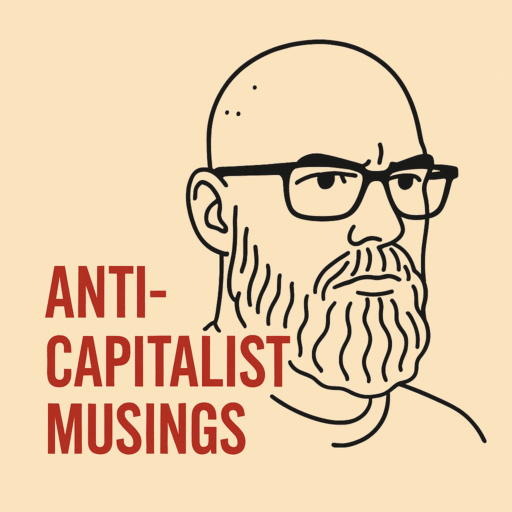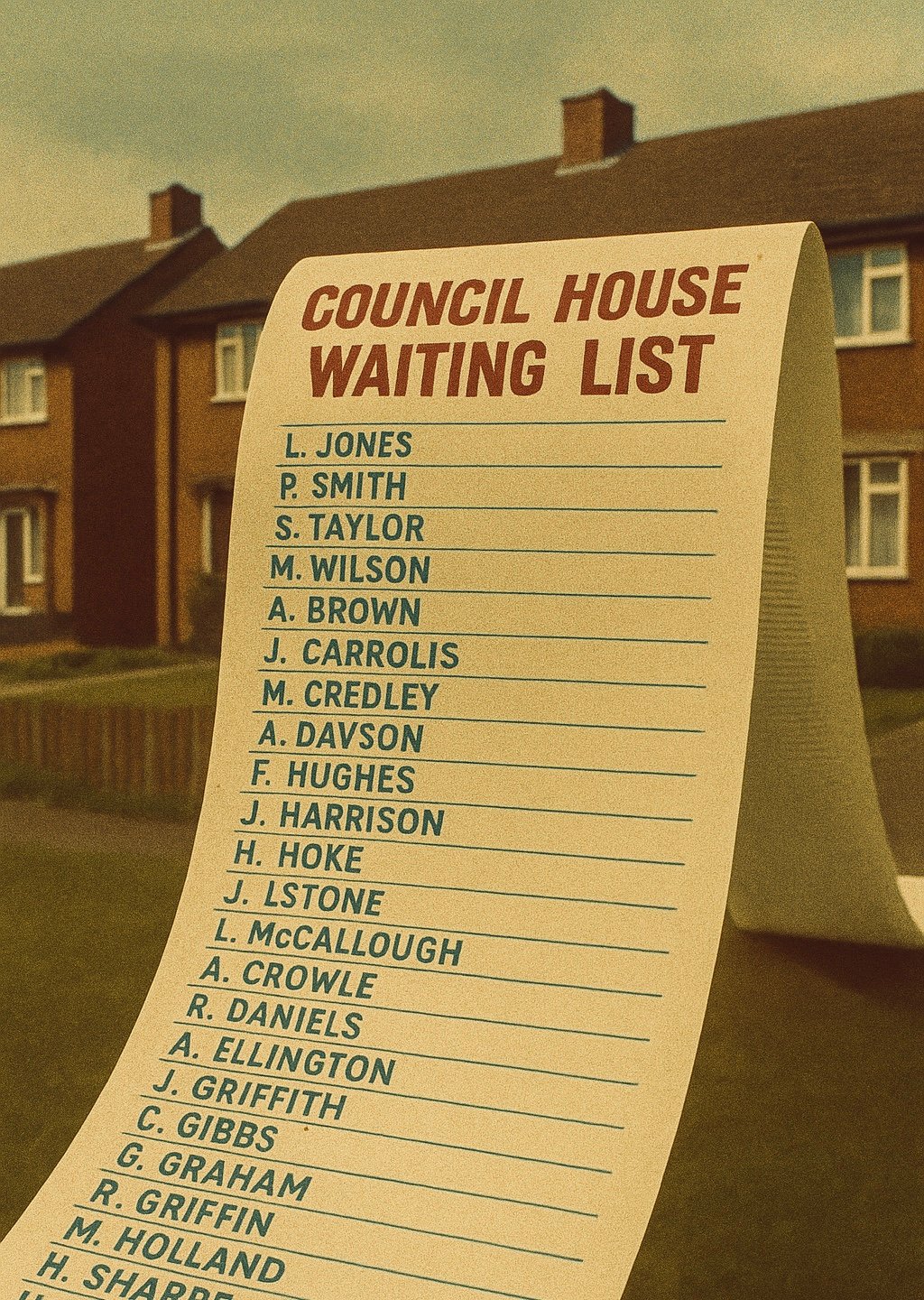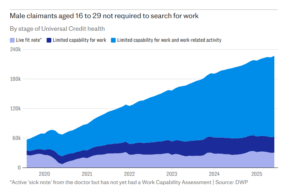The Numbers Never Lied
The Right to Buy was never about homes. It was about power. About who holds it, who wields it, and who profits from its redistribution. Margaret Thatcher’s iconic scheme wasn’t a gift to tenants; it was a calculated expropriation of public wealth, now laid bare in cold, devastating numbers. Since 1980, councils have sold off nearly two million homes in England alone, gifting away billions in housing equity through steep discounts that deliberately undermined local authority finances.
Today, those homes (once collectively owned assets, funded by public investment) are worth around £430 billion. Yet, due to average discounts of over 40%, councils received just £51 billion at the point of sale, a fraction of their actual value. Adjusted for inflation, that still amounts to barely £104 billion. This is less than a quarter of the current market value. The difference, an extraordinary £194 billion, represents public wealth handed over for free, a historic giveaway second only to the mass privatisation of land.
In 1982/83, the peak of RTB, 167,000 homes were sold at an average nominal market value of just £18,000 each (£64,400 in today’s money). These same homes today command an average market price of £230,000. Yet councils received only £10,600 per home (£37,700 in today’s terms) due to a staggering average discount of 41.5%. Had these proceeds been immediately reinvested in more housing, they would now be worth £134,400 each, nearly four times their inflation-adjusted receipts. Meanwhile, the discounts alone, representing lost cash flows worth £26,700 each in today’s money, would now be valued at £95,000 per home if similarly reinvested.
But the financial cost is only part of the story. The political project went deeper.
Engineering the Electorate, Undermining the Worker
This was no accident. Thatcher’s RTB policy explicitly sought to dismantle municipal power by stripping local councils of their assets, their autonomy, and their financial stability. The long-term damage has been catastrophic: today’s councils struggle under crippling austerity, forced to sell yet more assets (approximately £1.2 billion annually since 2010) merely to survive. Meanwhile, the social housing sector has collapsed from 31% of total tenure in 1980 to just 16% today. Affordable housing is now out of reach for millions, with the private rental sector (often financed by landlords who snapped up former council houses) swelling grotesquely.
New Labour1 did little to reverse this decline. Despite inheriting the fallout of RTB, Blair and Brown not only failed to repeal the scheme, they embedded its ideological logic deeper. Both leaders promoting housing associations, means-tested schemes, and market-based affordability metrics while refusing to lift restrictions on reinvestment. The result was bipartisan consensus around the commodification of housing and the continued erosion of municipal authority.
RTB’s true beneficiaries were never the working-class tenants celebrated by Thatcherite myth-making. The evidence now confirms what many suspected all along: this was welfare for the better-off, disproportionately benefiting tenants from higher income brackets who could afford mortgages. Over two-thirds of RTB beneficiaries during the policy’s 1980s peak belonged to the top half of the income distribution. Over 40% of RTB homes are now in the hands of private landlords, who rent them back to tenants—often subsidised by public Universal Credit, incurring an additional annual cost estimated at up to £1.5 billion. A system supposedly about empowering tenants now sees the state paying inflated rents to private landlords for the very same homes it used to own. Empowerment became dependency, but to the market, not the municipality. This is neoliberalism’s perfect circle: public assets privatised, profits extracted, risks and costs pushed back onto taxpayers.
The effects were not uniform. In cities like London, Manchester, and Birmingham, RTB decimated inner-city stock (fuelling gentrification and displacement) while in rural and coastal areas, the housing stock was thinned without being replaced, accelerating depopulation and economic decline. The regional unevenness mirrored and reinforced broader inequalities.
Further compounding this disaster, RTB coincided with policies explicitly designed to prevent reinvestment in social housing. Restrictions imposed by successive governments2 compelled councils to use 75% of their sale proceeds merely to repay debts rather than build new homes, effectively strangling social housebuilding. By 1987, social housing construction had already plummeted below 30,000 homes per year, down from over 100,000 annually in the 1970s. This collapse was intentional, as Thatcher’s government openly questioned the logic of building new homes only to later sell them at steep discounts.
Moreover, the shift from secure council housing to private rentals had profound implications beyond mere affordability. Council housing tenants enjoyed significant protection under secure tenancies introduced by the Housing Act 1980, making eviction extremely difficult (even impossible) solely on grounds of participating in strike action or temporary financial hardship from it. In contrast, private tenants faced much weaker protections, especially after the introduction of assured shorthold tenancies3 in the Housing Act 1988, which greatly facilitated eviction, undermining workers’ practical ability to exercise their right to strike without risking homelessness.
This change helped produce a more atomised, vulnerable renter class. One that was less able to organise industrially or politically. The loss of council housing meant the loss of a crucial safety net: the ability to strike without fearing eviction4. Today’s renters face rising rents, insecure contracts, and few mechanisms for collective defence.
RTB wasn’t merely a housing scheme. It was voter engineering. The Thatcher government explicitly targeted council tenants in working-class areas, offering discounted ownership as a lure to produce a new Conservative-supporting class. Studies from the period, and subsequent analysis of the ‘embourgeoisement’ that followed, show a measurable political shift among those who bought their homes: away from Labour, often towards centre-left alternatives or Conservative policies. In essence, RTB turned Labour‑leaning tenants into property owners with vested interests in low taxation, rising house prices, and property-friendly politics, realigning electoral loyalties at scale.
Not only did the Right to Buy transfer asset ownership, but it entrenched it. Around 85% of tenants who purchased under RTB remained in their homes long-term5 (even a decade on) reinforcing the political realignment that Thatcher’s ideology sought to entrench. In inner-city areas, the retention rate hovered around 74% after just three years. These were not speculative sales, but socially rooted shifts. Turning former Labour‑leaning council tenants into property-owning constituents with a stake in conservative property values and policy.
Starmer’s government has slowed the machine, but not shut it down. Sales have fallen, just 6,275 Right to Buy purchases were recorded in 2023–24, down 43% on the previous year. Labour’s reforms, introduced in the October 2024 Budget, reduced the maximum discount from over £100,000 to regional levels between £16,000 and £38,000. Councils can now keep 100% of receipts, with new rules allowing greater reinvestment. Though only until 2027. But the fundamentals remain unchanged. The policy survives. The homes still vanish. No moratorium. No mass buy-back. No end in sight. Labour has chosen to tinker rather than abolish. Instead of confronting the ideology behind RTB, Starmer’s housing brief couches the changes in the same old language of aspiration. Managing the decline rather than reversing it. The machinery is quieter, but it still dismantles.
Yet the illusion of ownership masked a different truth. Many buyers inherited properties in disrepair, lacking support for maintenance, energy efficiency, or modernisation. They took on mortgages and liabilities, not security or wealth. The supposed gain of asset ownership became a burden.
It is time we called this what it is: a theft from the public realm, executed under the guise of aspiration. The housing crisis we face today, with skyrocketing rents and unreachable ownership, was seeded by a deliberate ideological choice to dismantle collective provision. Undoing this damage requires more than tinkering. It demands a full reckoning with the disastrous legacy of RTB and a revival of municipal power built on social solidarity, not market myths. If Thatcher’s revolution hollowed out the municipal state, the next must be to rebuild it. Not with nostalgia about what was lost, but with purpose: housing not as commodity, but as right.
FOOTNOTES
- New Labour maintained the disastrous Right to Buy policy which it revered as a sign of ‘aspiration’. Councils lost 484,000 homes to RTB under New Labour.”— New Labour’s culpability for the housing crisis, Labour Campaign for Council Housing (2022)
↩︎ - Section 59 of the Local Government and Housing Act 1989 required authorities to set aside 75 per cent of Right to Buy receipts, which could only be used to pay down housing debt. This rule was designed to prevent councils from replenishing the social housing stock they were being forced to sell. It helped turn a one-way sell-off into permanent loss.
↩︎ - The Housing Act 1988 introduced assured shorthold tenancies as the default legal private rent contract, empowering landlords to end tenancies via Section 21 ‘no‑fault’ notices, without proving any specific reason. This drastically reduced tenure security and made eviction far easier than under the protections of council housing.
↩︎ - Contemporary evidence shows private tenants in England suffer far greater insecurity (short leases, eviction risk, fluctuating rents) than council tenants. These conditions make it practically impossible to strike without risking homelessness. ↩︎
- A study published in 2003 found that 85% of tenants who bought their council home under RTB in England were still living there by 2004, indicating enduring homeownership rather than speculative flipping.
↩︎




